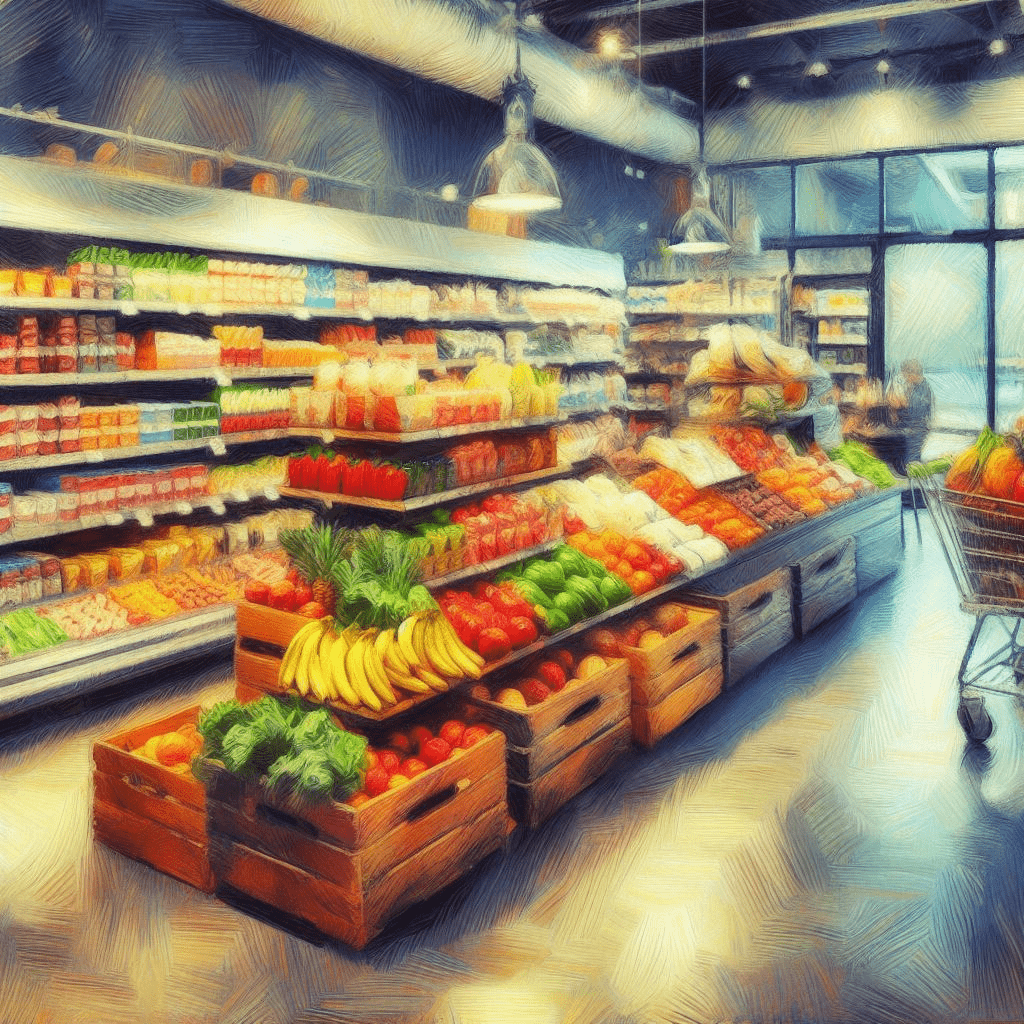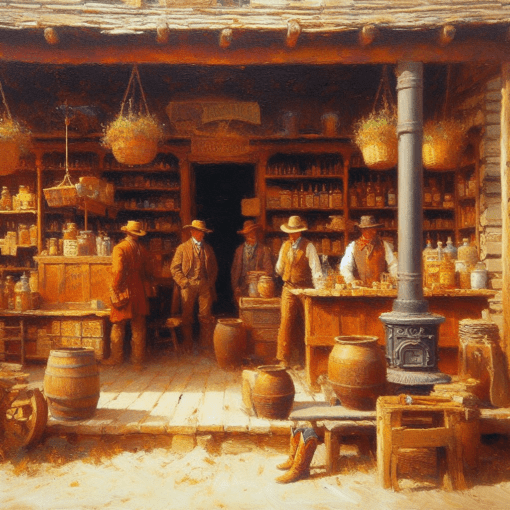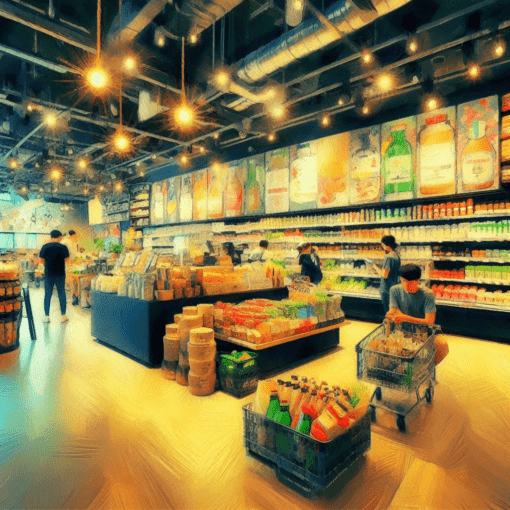With many AFS retailers building new stores, or remodeling their stores to meet the needs of modern consumers, it makes sense to look back on the rich heritage and history of contemporary grocery shopping.
The history of grocery stores is a tale of community, necessity, and evolution, beginning with humble saloons and general stores, and ending with the bustling, complex community hubs we know today. Let’s delve into the past and explore how local stores evolved from being places to grab a drink to becoming vital centers for socializing and meeting the essential needs of thriving communities.
Surprisingly, the term “grocery” originally referred to drinking establishments like taverns and saloons. However, by the mid-19th century, its meaning shifted to encompass stores selling vital goods. These early versions of grocery stores, known as general stores, played a pivotal role in small towns and rural areas, offering not only merchandise but also serving as social gathering places. These general stores, mercantiles, or emporiums catered to the needs of rural communities in small towns, villages, and the surrounding farming and ranching areas. They provided a valuable resource for people to easily access essential food and other necessities that might have otherwise been hard to acquire.
General stores were much more than mere shopping destinations. They were vital community fixtures, where people could find an array of goods that would otherwise be difficult to obtain. From food staples and clothing to patent medicines and toiletries, general stores catered to the diverse needs of their customers. Despite challenges like cleanliness and limited variety, these stores held a special place in the hearts of the communities they served.
The 19th century general store certainly didn’t resemble the modern grocery or department store of today. Most of these stores had at least one large display window, but once you stepped inside, the atmosphere was often dark and gloomy. Depending on their location, they could also be damp and humid. The interior was typically filled with shelves lining every wall, and the floors were crowded with boxes, barrels, crates, and tables holding various goods.
At the front counter, you would find display cases showcasing smaller items, along with essential machinery like a coffee grinder, weighing scales for merchandise, and a cash register. Surplus goods were usually stored in the cellar or basement, or sometimes on the second floor if it wasn’t occupied by the grocer’s family.
A wide range of items could be found in a general store, many of which are still familiar to us today. This included food and consumables such as coffee beans, spices, baking powder, oatmeal, flour, sugar, tropical fruit, hard candy, eggs, milk, butter, fruit and vegetables, honey and molasses, crackers, cheese, syrup, dried beans, cigars, and tobacco.
The apothecary section featured a wide array of patent medicines, remedies, soaps, toiletries, and elixirs, similar to modern grocery or department stores. However, unlike today’s products, these items were not tested for effectiveness. Many of the popular patent remedies of that time were alcohol-based.

The dry goods section of the store offered various essentials, including bolts of cloth, pins, needles, thread, ribbon, silk, buttons, collars, undergarments, suspenders, dungarees, hats, shoes, and even items like rifles, pistols, ammunition, lanterns, lamps, rope, crockery, pots, pans, cooking utensils, dishes, farm and milking equipment, and occasionally coffins.
The average store in the 19th century would not meet modern cleanliness standards. Outside, unpaved and unwashed roads led to dirt being tracked inside, including animal waste and, possibly, human waste emptied onto the streets. The cast iron stoves used for heating produced soot that settled over the merchandise, and rodents were not uncommon sights within the store.
Today’s modern supermarkets owe their existence to the legacy of these early general stores. They have evolved into vibrant spaces offering convenience, variety, and a sense of community. As we navigate the aisles of Associated Food Stores’ retailers, let’s remember and appreciate the rich history from which they have emerged. These stores continue to play a vital role in supporting local economies, fostering social connections, and providing the essential goods and services that shape our communities.
Learn more here.



